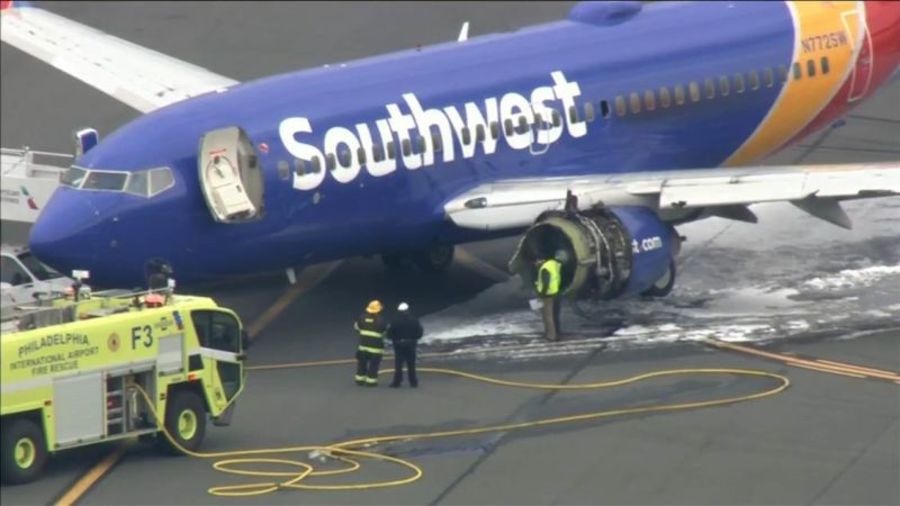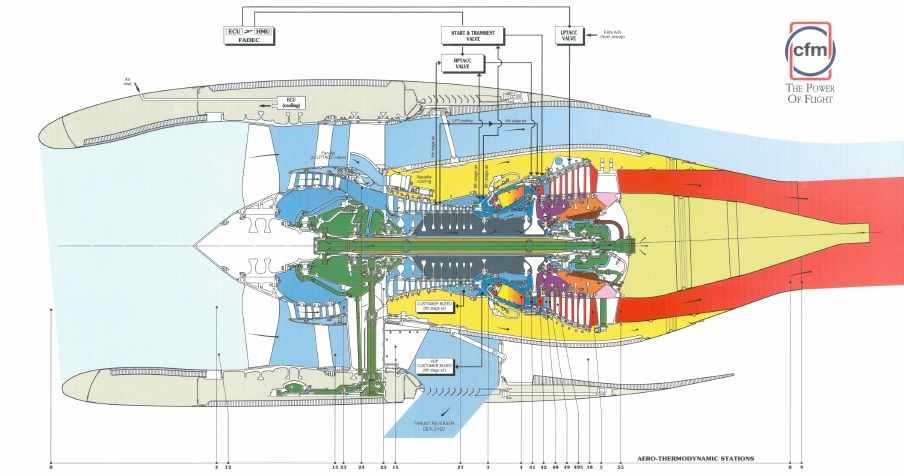Although it seems pretty obvious who was fatally injured, it's not necessarily true that the passenger partially sucked out the window is the person who died, since they were pulled back inside and (presumably) offered oxygen. I will wait for clarification from the airline or NTSB, rather than jump to that conclusion. But of course it's pretty likely that's who it was. Also not clear at the moment is what led to the passenger's fatal injuries. If the assumption above is actually correct, there is still the question of whether debris or decompression dealt the fatal blow.
I once did a detailed decompression analysis on a jetliner, and I think it is safe to say that the decompression in a 737 fuselage, escaping through a window, would take just a few seconds to completely exhaust the cabin pressure down to the ambient pressure, but that's probably obvious to anyone. At 32,000 feet altitude, the atmospheric pressure is 4.4 psi, absolute (30 kPa,abs). The cabin differential pressure in a 737 is about 7.5 psi,gauge. The pressure differential would drop to about 50% in the first second of decompression, if the window was ruptured but unobstructed.
It's a pretty horrible event no matter where you sit, but I would not have expected the debris to take out a window that far aft from the engine nacelle.
There is design guidance from the FAA on this matter. Some of you may find it informative:
FAA Advisory Circular 20-128A, Design Considerations for Minimizing Hazards Caused by Uncontained Turbine Engine and Auxiliary Power Unit Rotor and Fan Blade Failures.
Also studied by the US Navy:
DOT/FAA/AR-04/16 Uncontained Engine Debris Analysis / Damage Assessment Model.
Note the Spread Angle ranges presented in Table 3-2 of the Navy report. The victim window in the SW 737 is at the extreme aft range of the predicted debris spread angle. It makes me wonder if some other event has occurred as a result of, or in conjunction with, this engine failure. The possibility is very small: Occam's razor says that it was the fan debris that ruptured the window, of course.
STF




![[thumbsup] [thumbsup] [thumbsup]](/data/assets/smilies/thumbsup.gif)